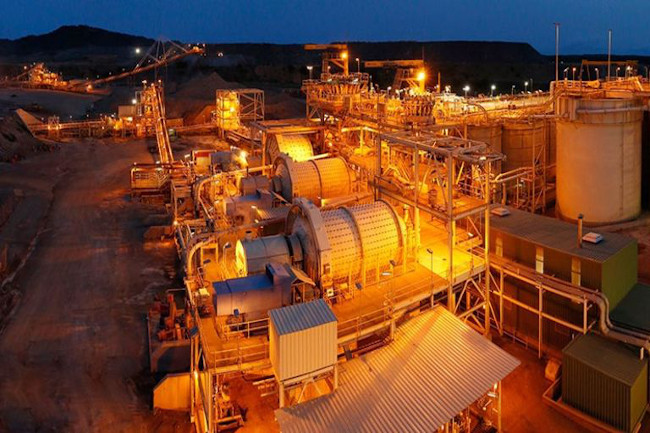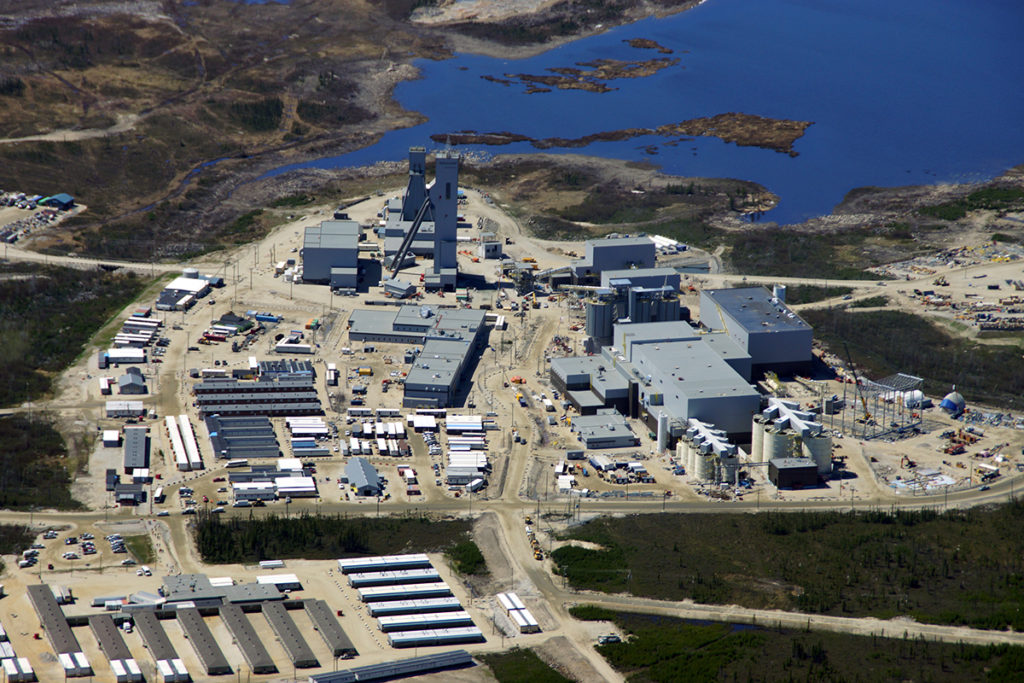Mining Other

Mining production takes a hit in the Q1 of 2025

The March 2025 mining production statistics indicated a 2.8% year-on-year (y-o-y) contraction in real terms. The PGMs and gold industries accounted for the biggest declines of 9.9% and 11.1% (yo-y), respectively. The two industries have a weighting of almost 44% in the mining production basket. Nickel is the only other industry where production contracted (-0.3%, y-o-y) in March. Iron ore (+7.5%), chromium (+5.4%), copper (+3.2%), manganese (+2.6%), diamonds (1.4%) and coal (+0.8%), all registered real increases in production (y-o-y).
In relation to seasonally adjusted month-on-month (m-o-m) performance, mining production was up by 3.5% in March. The notable monthly increase follows broad-based rain-induced production weakness in February. Contributing to the positive number were chrome (+10.6), copper (+30.5%), PGMs (+15.4), diamonds (16.1%), manganese (+0.1), copper (+30.5%) and nickel (+38%). On the other hand, a decline in production (m-o-m) was recorded in coal (-5.4%), gold (-2%) and iron ore (- 1%).
In the first quarter of 2025 (Q1 2025), mining production contracted by 4.5% when compared to the previous quarter (October to December 2024). As mentioned, heavy rains disrupted production of some of the major mining categories in the first three months of 2025. The quarterly decline means that mining will subtract from overall real GDP in Q1 2025.
On the export front, comparing the first three months of 2025 to 2024, volumes were up in almost all categories except for chromium (-11.6%). Comparing 2025 to 2019 (the year before the COVID-19 pandemic), coal and diamond exports were down by 5.8% and 12.3%, respectively. In terms of export earnings, chrome (-25.1%), diamonds (-4.2%) and PGMs (-7.6%) all declined in the first three months of 2025 compared to 2024. When comparing 2025 to 2019, export earnings increased in all categories, with gold earnings having increased by 190%.
Looking ahead: Gold is a barometer for global events. It has diverse applications, from jewellery to industrial applications to a safe-haven investment instrument. These characteristics make gold a desirable metal whose demand seems to stand the test of time. Gold demand is expected to remain steady going forward and local mines are expected to benefit from that, although input costs remain elevated.
While the production performance of the PGMs contracted in February, export volumes and earnings were higher than in the pre-COVID period of 2019.
As for chrome and manganese, the short- to medium-term outlook is positive, especially with the US and China having agreed to, at least temporary, significantly lower import tariffs from the average 145% to 30%. While this is still high, if they remain in place at current levels, relative to the initial reciprocal tariffs announced in April, it will soften the blow on Chinese exports to the US. Relatively speaking, this is positive news for Chinese demand for mineral ores from the rest of the world, including South Africa.












